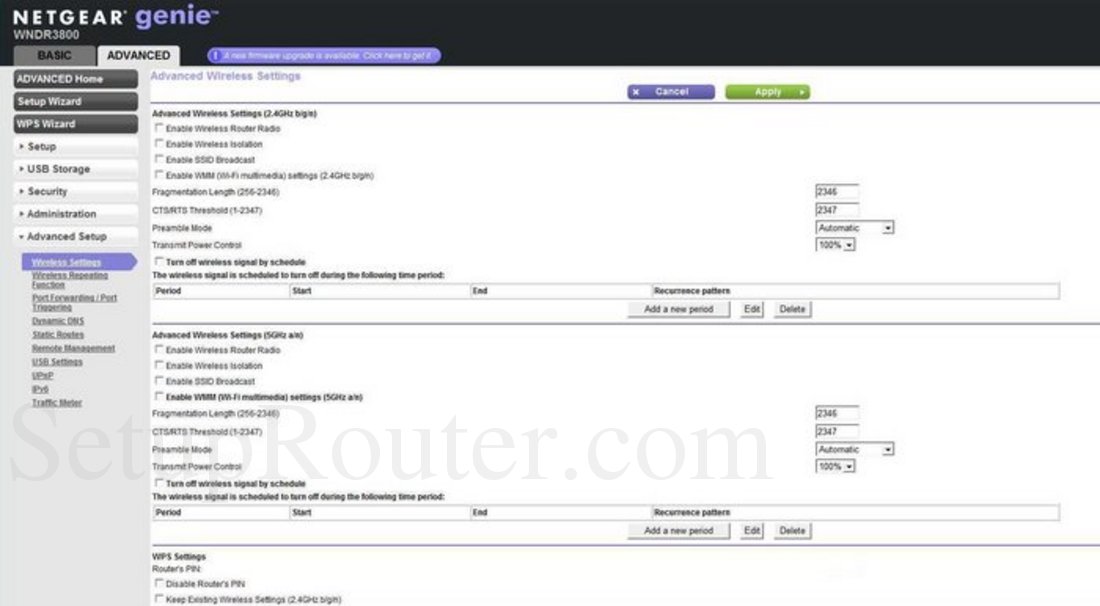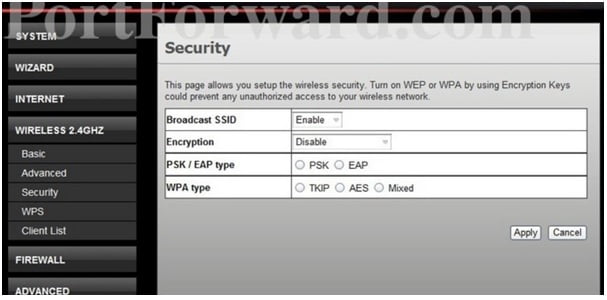
For example, HDLC uses bit stuffing or "octet stuffing", while other systems use ASCII armor or Consistent Overhead Byte Stuffing (COBS). Various techniques are used to avoid delimiter collision, or-in other words-to "disguise" bytes of data at the data link layer that might otherwise be incorrectly recognized as the syncword. The syncwords can be seen as a kind of delimiter. The Bisync protocol of the 1960s used a minimum of two ASCII " SYN" characters (0x16…0x16) to achieve character synchronization in an undifferentiated bit stream, then other special characters to synchronize to the beginning of a frame of characters.

While some systems use exactly the same signal for both physical-layer training and wake-up functions, others use 2 different signals at 2 different times for these 2 functions, or have only one or the other of these signals. Some documentation uses "preamble" to refer to a signal used to announce a transmission, to wake-up receivers in a low-power mode.

Ī receiver uses a physical layer preamble, also called a physical layer training sequence, to synchronize on the signal by estimating frequency and clock offsets. In an audio receiver receiving a bit stream of data, an example of a syncword is 0x0B77 for an AC-3 encoded stream.Īn Ethernet packet with the Ethernet preamble, 56 bits of alternating 1 and 0 bits, allowing the receiver to synchronize its clock to the transmitter, followed by a one-octet start frame delimiter byte and then the header.Īll USB packets begin with a sync field (8 bits long at low speed, 32 bits long at high speed) used to synchronize the receiver's clock to the transmitter's clock.


 0 kommentar(er)
0 kommentar(er)
